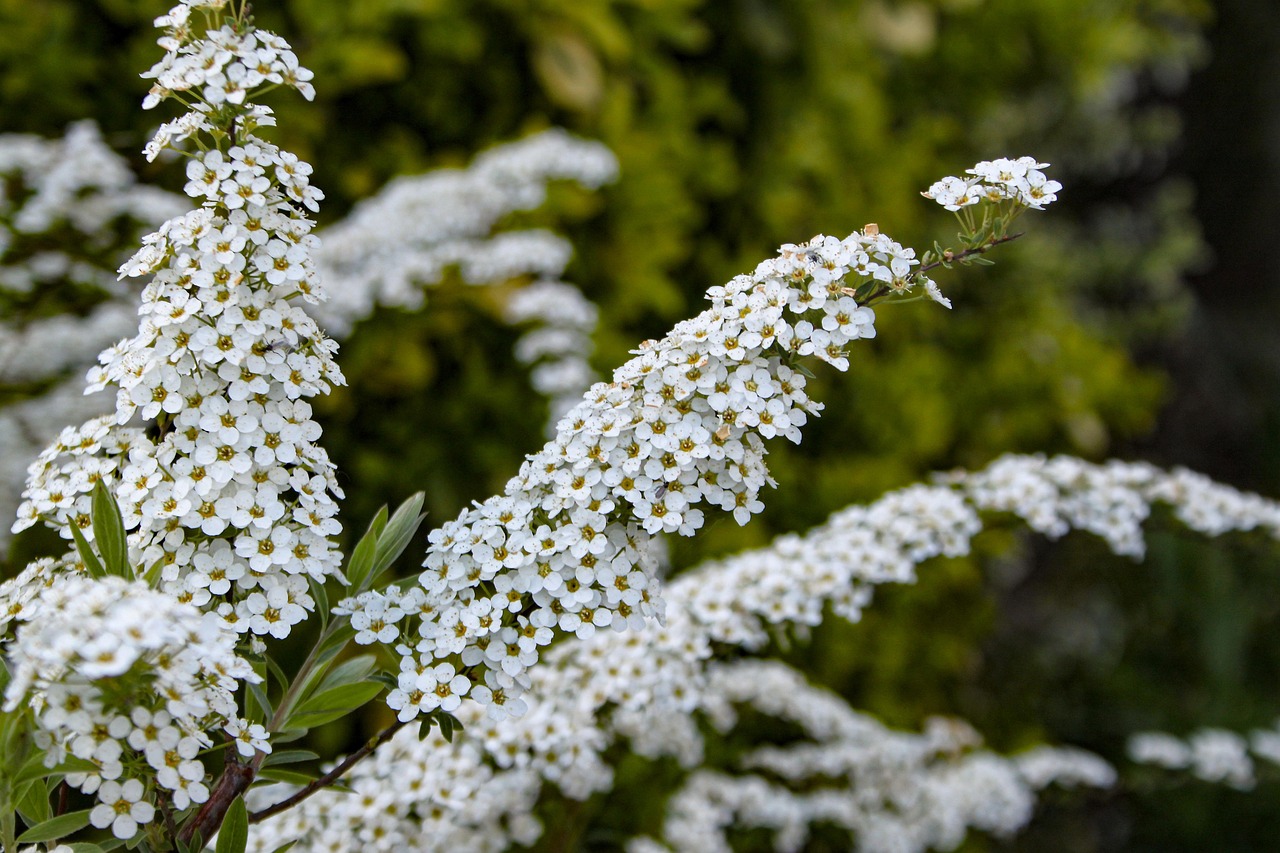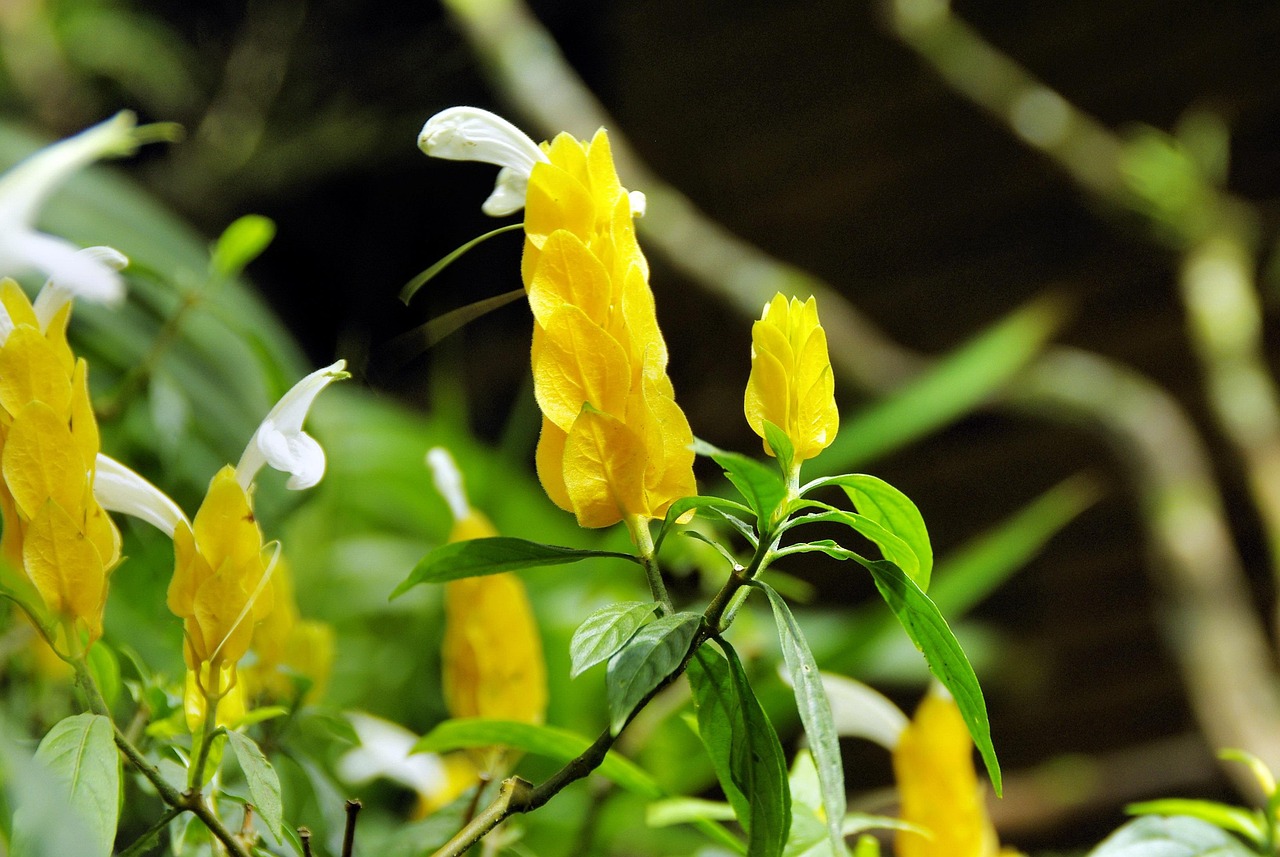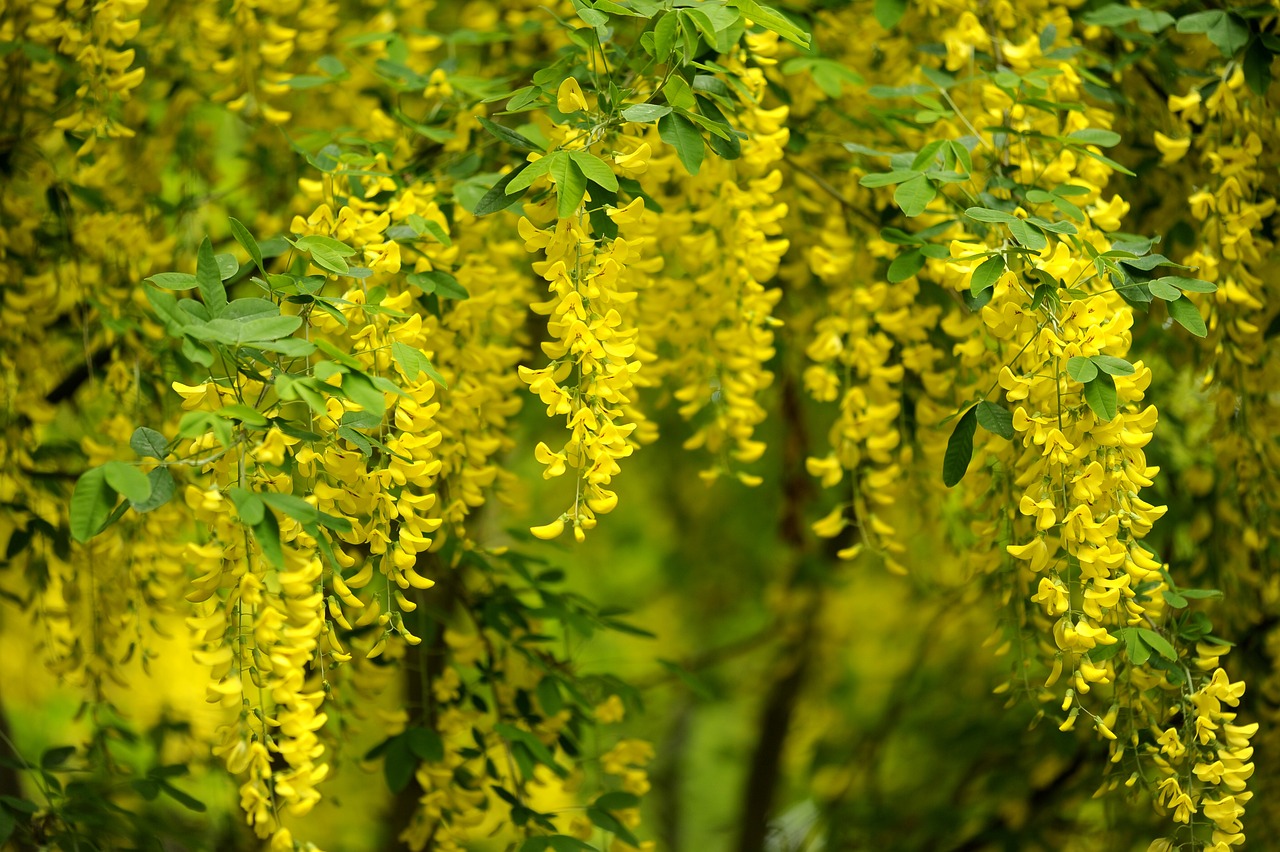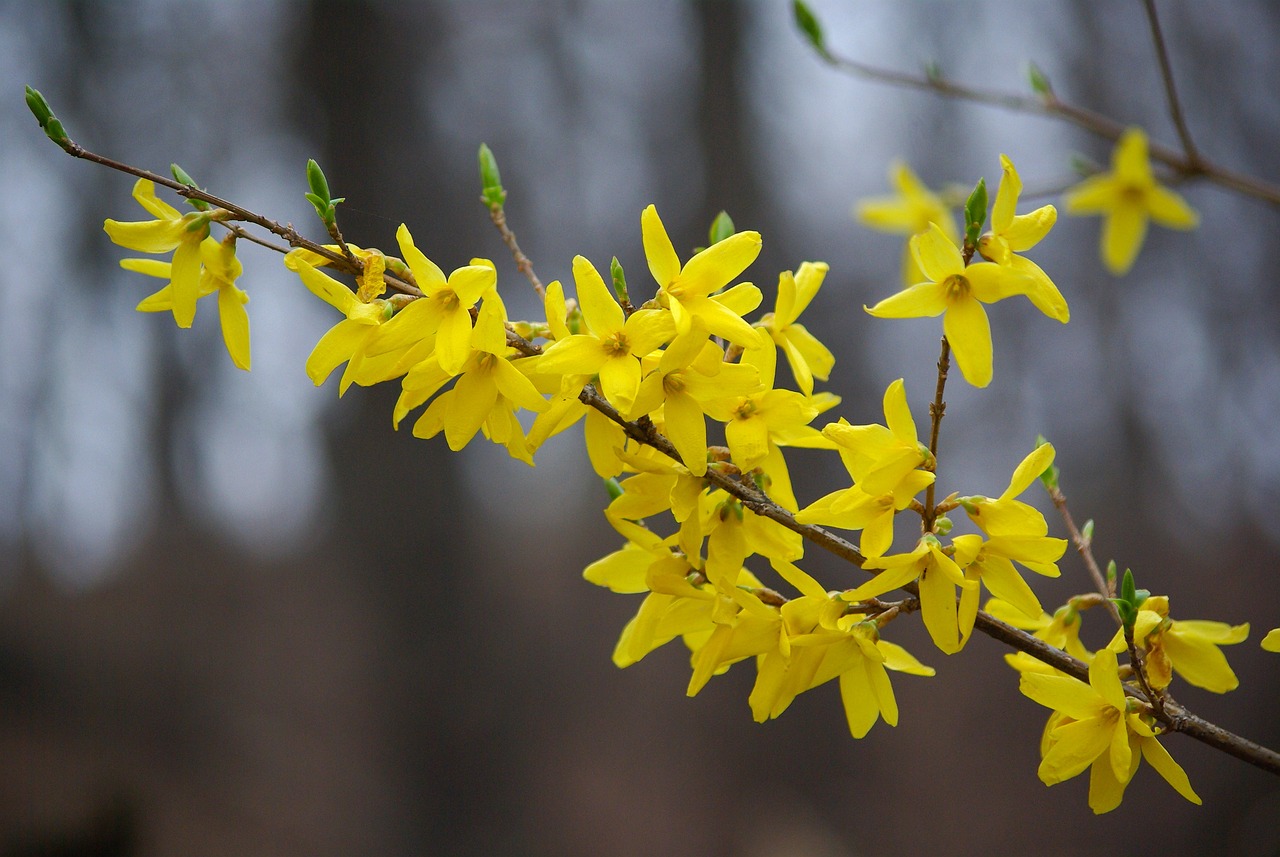Chionanthus retusus | The White “Nanjamonja” Tree of Legend
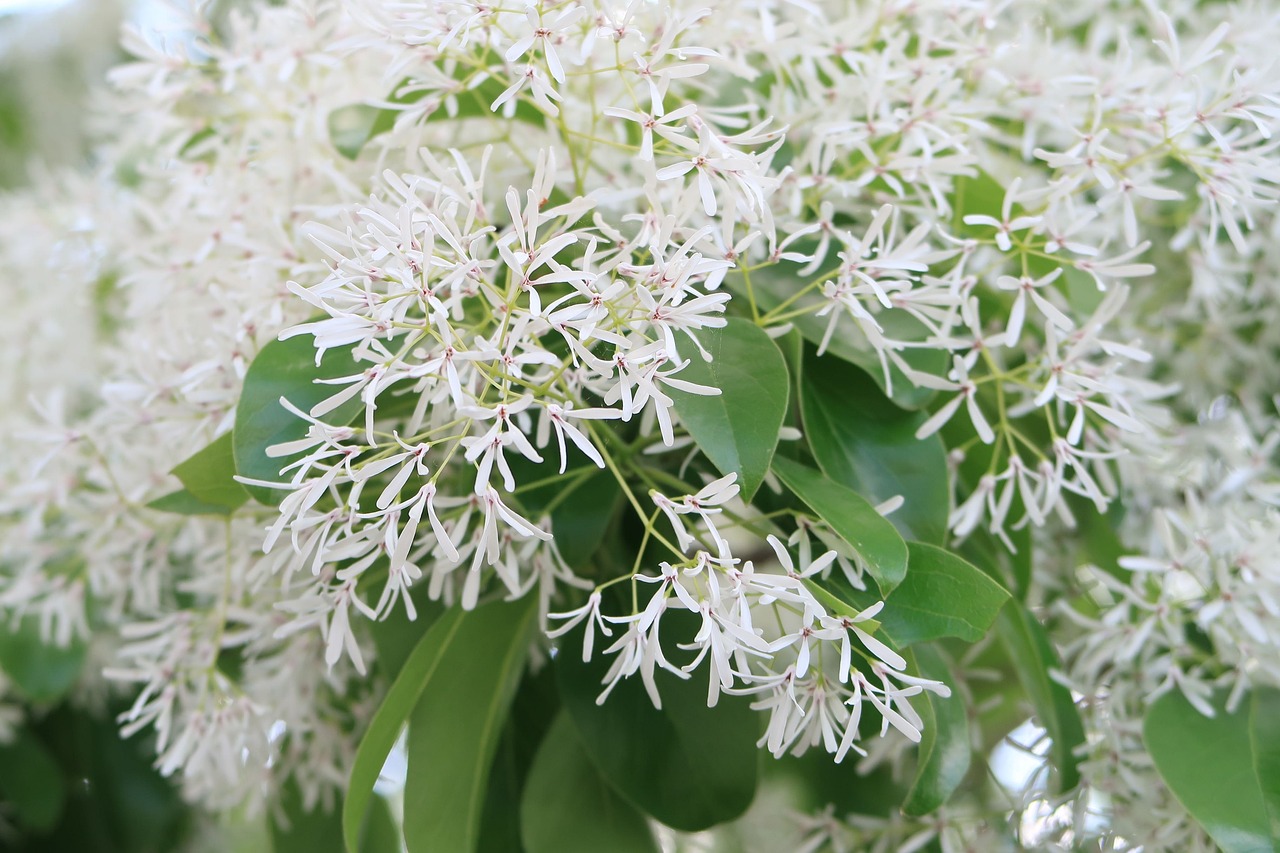
I would like to introduce the Chionanthus retusus, a deciduous tall tree that is affectionately known in Japan as “Nanjamonja.” Its defining feature is the pure white blossoms that appear in early summer, making it a popular choice as both a garden tree and a street tree.
In this article, I will explain in detail the basic information about Chionanthus retusus, its cultural and historical significance, and essential tips for growing it.
Basic Information
- Scientific name: Chionanthus retusus
- Family: Oleaceae
- Origin: Japan, China, Korean Peninsula
- Appearance: This tree grows to a height of about 10–20 meters. From May to June, clusters of small white flowers with slender petals bloom, giving the entire tree the appearance of being covered in snow. The leaves are oval, relatively thick, deep green, and glossy.
- Blooming season: May to June. During this period, the whole tree is covered with white blossoms, creating a striking view that is noticeable even from a distance.
Cultural Significance of the Blossoms
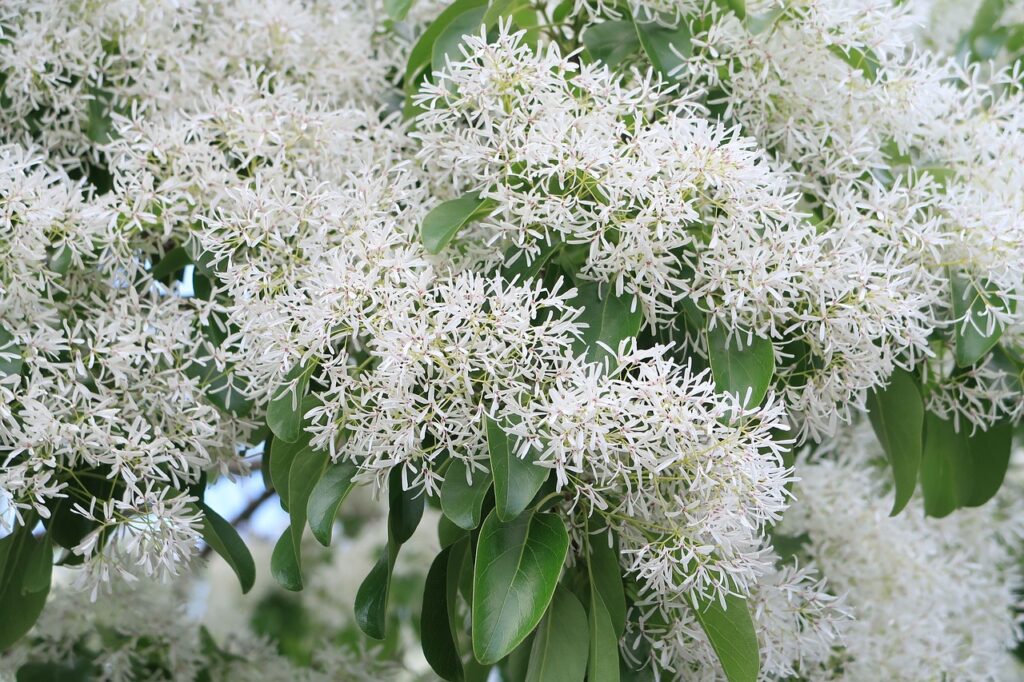
In Japan, Chionanthus retusus holds a unique place historically and culturally.
It grows naturally only in limited areas, such as parts of Aichi and Gifu prefectures and on Tsushima Island, and is widely known by the nickname “Nanjamonja.” One theory behind the name is that, being a rare tree, local people once exclaimed, “What kind of tree is this?” when they saw it.
Today, it is planted in many regions of Japan as a street tree or garden tree, with its white blossoms serving as a symbol of the transition from spring to early summer.
In Korea and China as well, related species of the same genus are cultivated as ornamental and landscape trees.
Historical Background
During the Edo period, this tree was extremely rare and carefully preserved around the Atsuta Shrine near Nagoya.
One reason it was considered sacred is thought to be its rarity. In Japan, it grows naturally only in Aichi, Gifu, Nagasaki’s Tsushima, and a few other small areas, which is why it was once called the “phantom tree.”
From the Meiji period onward, with the progress of botany, its existence became widely known, and cultivation spread across the country.
In Europe, its beauty was recognized in the 19th century, and cultivation was attempted as a garden plant. However, due to its relative sensitivity to cold, its spread remained limited.
Gardening Advice
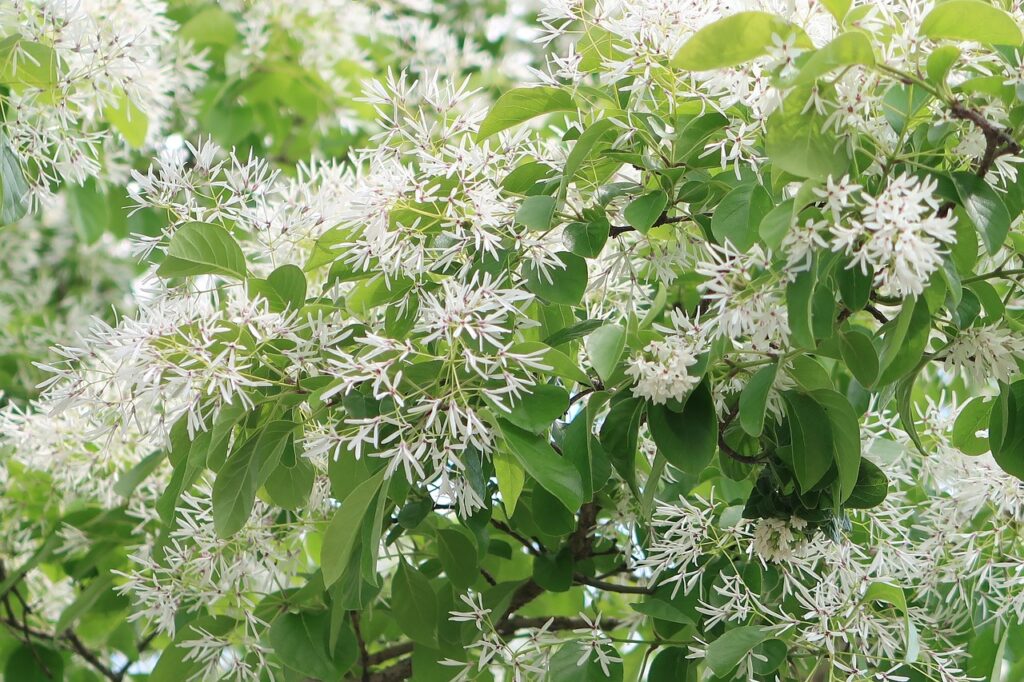
Although Chionanthus retusus is hardy and relatively easy to grow, proper care will help you enjoy its blossoms at their best. Here are some key points:
Sunlight
Prefers sunny locations. It can also grow in partial shade, but full sunlight encourages better flowering.
Watering
Young trees need regular watering until their roots are well established. Mature trees tolerate dryness but should be watered appropriately during extremely dry summer periods.
Soil
Prefers well-drained, moderately moist soil, ranging from acidic to neutral. Mixing in compost when planting is recommended.
Fertilizer
Apply slow-release fertilizer in winter to support spring growth. Additional fertilizer can be given during the growing season if necessary.
Pruning
Prune after flowering or during the dormant season in winter to shape the tree and improve air circulation by removing crowded or old branches.
Conclusion
Chionanthus retusus is a charming tree that beautifully colors gardens and landscapes from spring to early summer with its pure white blossoms.
I encourage you to grow it in your garden and enjoy the seasonal changes it brings.


